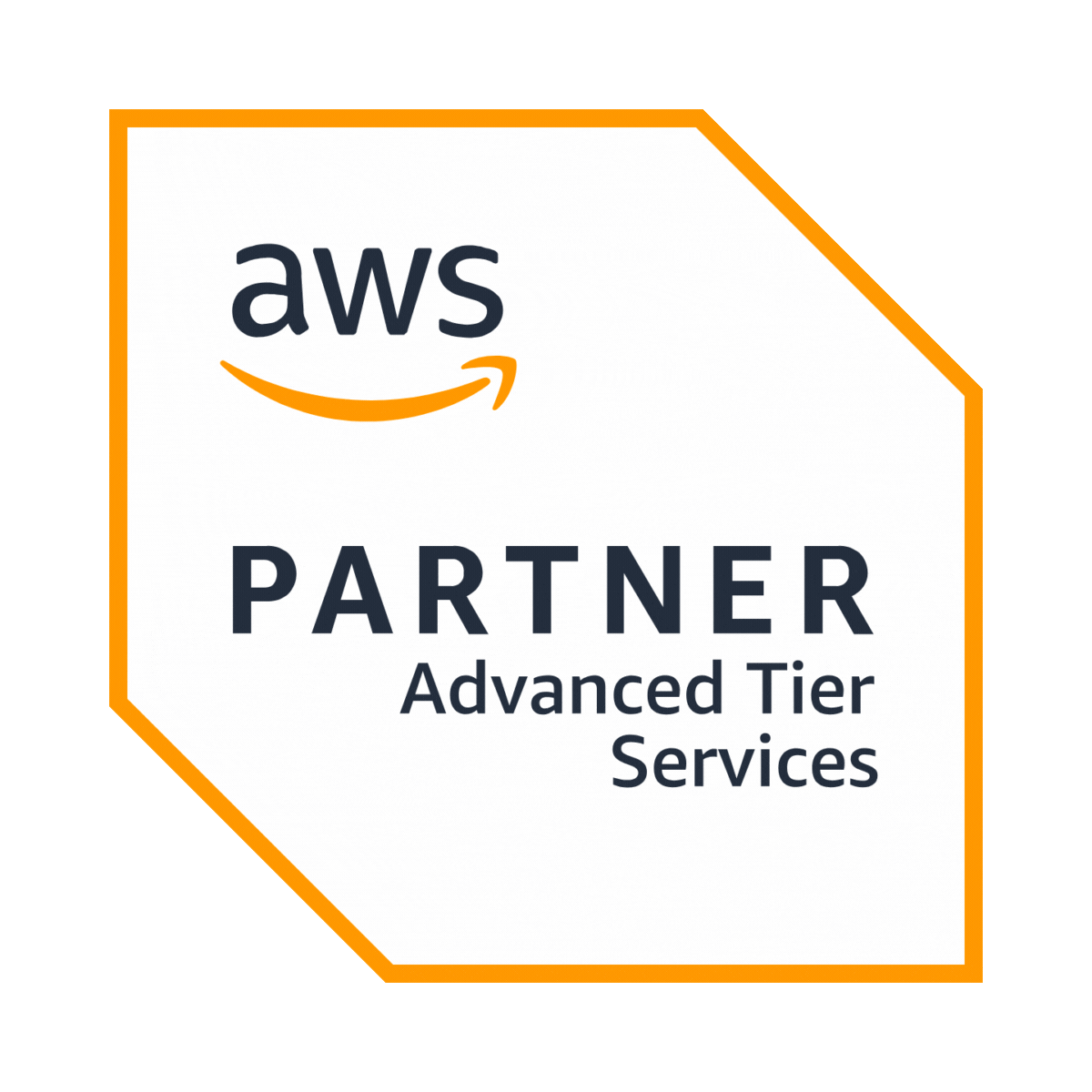In today's digital landscape, where agility and scalability are of utmost importance, Infrastructure as Code (IaC) has emerged as a game-changer for managing and provisioning infrastructure. With infrastructure as code, organizations can automate their IT resources' deployment, configuration, and management, leading to increased efficiency, reliability, and consistency.
However, with the rise of cyber threats and data breaches, ensuring the security of IT infrastructure has become more critical than ever. In this blog, we will explore how Infrastructure as Code (IaC) can offer secured workflows, enabling organizations to integrate security seamlessly into their DevOps practices.
Understanding Infrastructure as Code (IaC)
Infrastructure as Code (IaC) is a methodology that allows IT teams to manage and provision infrastructure through machine-readable definition files rather than manual processes. This approach enables the automation of infrastructure deployment, configuration, and management, leading to faster delivery times, reduced errors, and increased scalability.
The principles of IaC include a declarative definition of infrastructure, version control, and idempotent operations. By defining infrastructure in code, teams can easily reproduce and scale their environments, leading to greater consistency and predictability.
Common tools and frameworks for implementing IaC include AWS CloudFormation, Ansible, and Kubernetes for managing containerized environments.
The Role of Security in IaC Workflows
Security is a critical aspect of modern IT environments, and integrating security into DevOps practices is essential for ensuring the safety and integrity of infrastructure. Traditional infrastructure management approaches often suffer from security vulnerabilities due to manual processes, inconsistent configurations, and lack of visibility.
Infrastructure as Code (IaC) addresses these security concerns by enabling organizations to define security controls directly within their codebase. By codifying security policies and best practices, teams can ensure that security is baked into their infrastructure from the ground up.

Securing IaC Workflows
Securing IaC workflows involves implementing security best practices throughout the development and deployment lifecycle. This includes:
- Version control and code review: By using version control systems such as Git and conducting code reviews, teams can ensure that only authorized changes are made to infrastructure code.
- Least privilege access control: Limiting access to infrastructure resources based on the principle of least privilege helps minimize the risk of unauthorized access and potential security breaches.
- Secure credential management: Storing and managing credentials securely is crucial for preventing unauthorized access to sensitive information.
- Compliance as code: Codifying compliance requirements and regulatory standards ensures that infrastructure configurations adhere to industry best practices and regulatory guidelines.
Automating security checks in IaC pipelines is also essential for maintaining the security posture of infrastructure. This includes:
- Infrastructure vulnerability scanning: Scanning infrastructure code for vulnerabilities helps identify and remediate security issues before deployment.
- Compliance and policy enforcement: Enforcing security policies and compliance requirements through automated checks ensures that infrastructure configurations meet security standards.
- Static code analysis: Analyzing infrastructure code for security vulnerabilities and coding errors helps identify potential security risks early in the development process.
- Continuous monitoring and auditing: Implementing continuous monitoring and auditing processes enables teams to detect and respond to security incidents in real time.
Best Practices for Securing IaC Workflows
To ensure the security of IaC workflows, organizations should follow best practices such as:
- Continuous education and training for teams: Providing ongoing education and training for development, operations, and security teams helps ensure that everyone is aware of security best practices and compliance requirements.
- Regular security audits and reviews: Conducting regular security audits and reviews of infrastructure code and configurations helps identify and remediate security issues proactively.
- Collaboration between development, operations, and security teams: Encouraging collaboration and communication between development, operations, and security teams helps ensure that security is integrated throughout the entire software development lifecycle.
Future Trends and Considerations
As cloud-native environments continue to evolve, organizations must stay ahead of emerging security challenges and trends. This includes:
- Evolving security challenges in cloud-native environments: With the increasing adoption of cloud-native technologies such as containers and serverless computing, organizations must adapt their security practices to address new threats and vulnerabilities.
- Emerging technologies and tools for enhancing IaC security: As IaC continues to gain popularity, new technologies and tools for enhancing IaC security are emerging, such as infrastructure security as code (ISaC) frameworks and cloud-native security solutions.
- Predictions for the future of IaC and security integration: Looking ahead, we can expect to see further integration of security into IaC workflows, as organizations strive to automate and streamline their security practices.
The Bottom Line
Infrastructure as Code (IaC) offers a powerful approach to managing and provisioning infrastructure, enabling organizations to achieve greater efficiency, reliability, and scalability. By integrating security into IaC workflows, organizations can ensure that their infrastructure is secure from the ground up, minimizing the risk of security breaches and data leaks.
By following best practices and staying ahead of emerging trends, organizations can harness the full potential of IaC while maintaining the highest standards of security.















